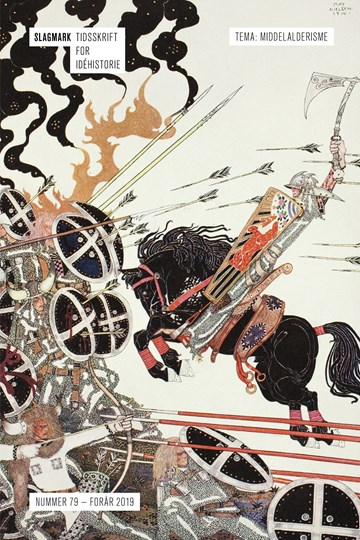På slagmarken med prins Otto – Kønsballade hos B.S. Ingemann i 1835
DOI:
https://doi.org/10.7146/slagmark.vi79.130731Keywords:
B.S. Ingemann, queer theory, historical fiction, gender, Prince Otto of DenmarkAbstract
In his historical novel from 1835, Prince Otto of Denmark and his Time , the poet Bernhard Severin Ingemann (1789-1862) established the unknown, yet historical character, Prince Otto of Denmark (1310-1346) as the hero of the novel. This choice has puzzled critics ever since, due to the fact that Prince Otto seems less a potential king than his brother Valdemar IV (1320-1372) who actually became a king of Denmark. Georg Brandes (1842-1927) claimed that Otto mirrored Ingemann’s persona as weak and feminine, a “monk” not suited for kingship. In his ridicule of Prince Otto and Ingemann, Brandes reveals his ideas about gender, masculinity and femininity, but as this article seeks to show, such ideas are tied to time and place. Read from the distance of 2019, Ingemann’s feminine medieval hero might seem more modern and progressive than Brandes would have him. In this sense, the article is a piece of “queer medievalism”.





